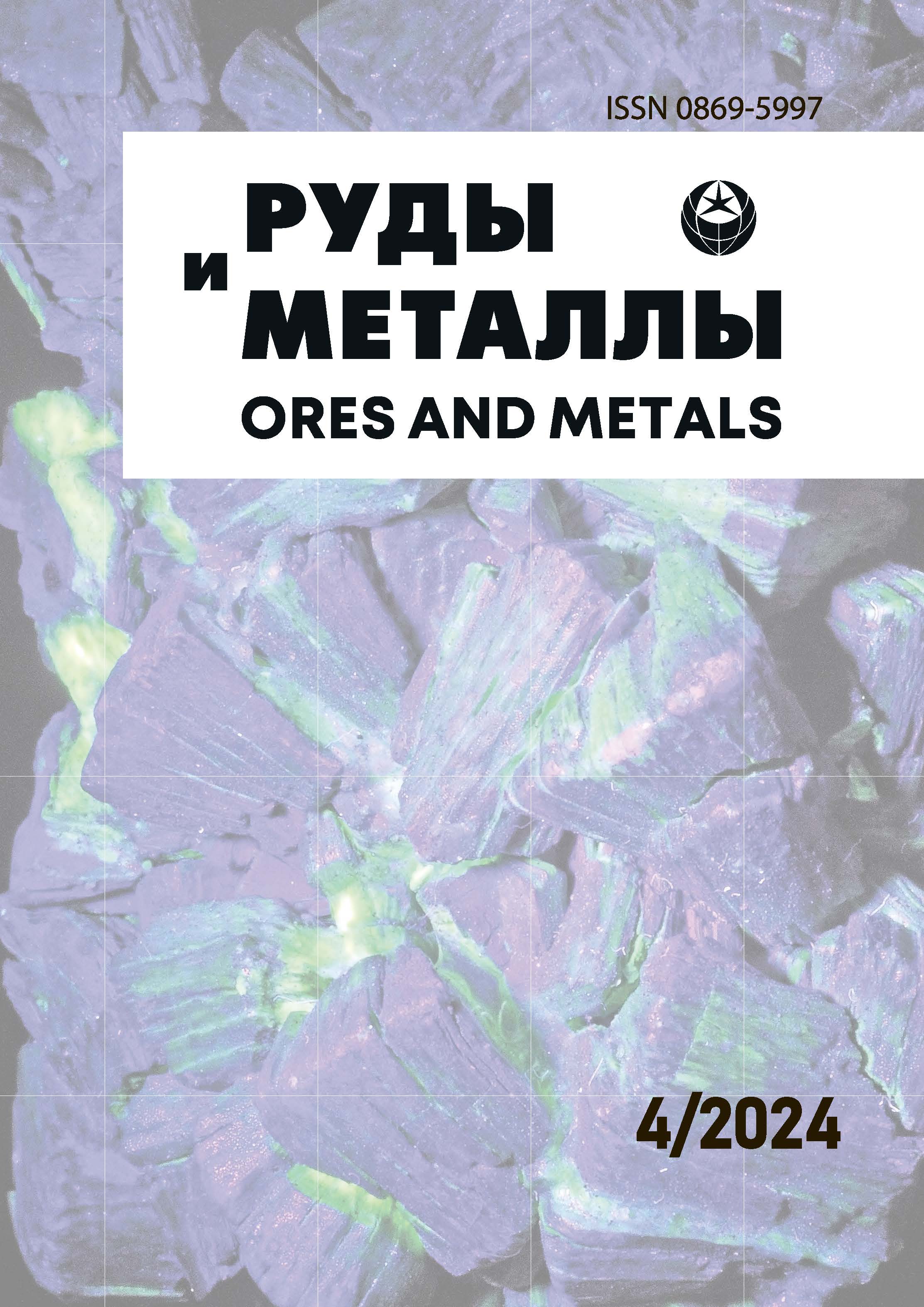Mineralogical and geochemical peculiarities and gold content of pyrite and arsenopyrite of the Southern Ashaly gold deposit (East Kazakhstan)
DOI: 10.47765/0869-5997-2024-10016
Keywords:
East Kazakhstan; West Kalba gold-bearing belt; ore mineralogy; microelement composition of pyrite and arsenopyrite; LA-ICP-MS analytical technique.Abstract
The article provides a brief geological description of the Southern Ashaly mineral deposit within which ores of the gold-sulfide and gold-low-sulfide-quartz types were recognized. Two ore mineralization phases were established, that incorporate four stages, the pyrite, pyrite-arsenopyrite, sulfide,
and polymetallic ones. The morphological and mineralogical-geochemical features of the major, minor, and rare ore minerals were studied in detail. The following successive generations of pyrite were established at the deposit: diagenetic, metamorphic, and hydrothermal, that embrace six varieties with its own geochemical features. Elevated concentrations of gold in diagenetic pyrite have been recorded and visually confirmed. Native gold of two generations is formed at the pyrite, pyrite-arsenopyrite (early), and sulfide (late) stages and have an average gold fineness of 884 and 998 ‰, respectively. The temperature of transformation of the carbonaceous matter of rocks of the Bukon Formation and of generation of the ores of the gold-sulfide type varies from 384 to 241 °C, which corresponds to the greenschist-zeolite facies of metamorphism.


